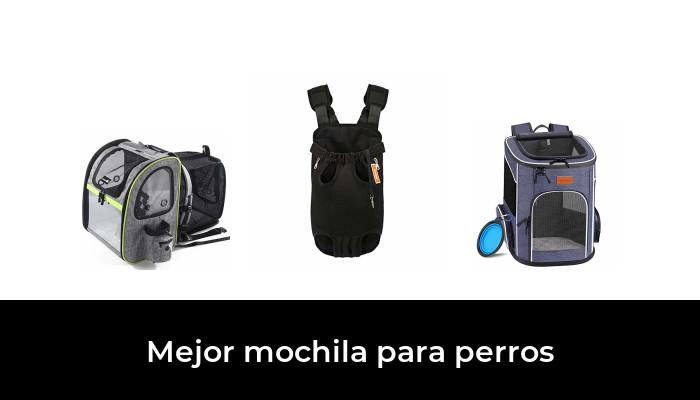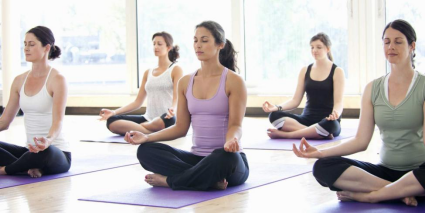Guide to travel to cruelty free products
Regarding the popularity in social networks of the 'Save Ralph' campaign, one of the best kept secrets in the beauty industry has been exposed to public opinion in recent weeks.
Of course, we refer to the use of animals as test subjects for health and beauty products used worldwide.Although organizations that ensure animal rights have tried to create awareness year after year, it has been the campaign created by Humane Society International that has given a direct lesson to the heart through a short one starring a nice rabbit called 'Ralph'.
In the raw narration, we witness the torture to which animals are subjected daily in the laboratories of the most popular cosmetics companies in the world.
This viral content has created important conversations regarding the need to continue exercising these experiments today, especially when there is an extensive offer of cruelty free products in the market.
But how to start differentiating proven cosmetics in animals from cruelty?Next we present a practical guide to help you start the process in a possible and simple way.
Basic data that you should know before starting
37 countries in the world have already prohibited, through their legislatures, animals tests for the beauty industry.Colombia, meanwhile, is the first country in the region to impose a law.
The most commonly used animals for laboratories are rabbits, dogs, monkeys and rats.
The chemicals used in the tests are applied directly to the eyes, ears and skin of the animals, creating painful injuries that are not treated.Animals are then sleeping to examine the effects of the ingredients on their bodies.
Not all companies prove their cosmetics in animals directly, but pay third parties to test their ingredients in animals and they do not have to declare directly the use of this practice in their marketing communications.
The seal that certifies a product as free of cruelty (generally a rabbit) can be adulterated by certain companies, therefore, there must always be an independent organization that supports this allegation to be able to be sure of its veracity.

How to make the transition to cruelty free products?
1.Previous research:
Step one of any change in your lifestyle must start by gathering enough information on the subject to make the best decisions for your well -being.
In this case it is vital to investigate whether the brands of your preference and that they currently use, are certified as free of cruelty.This can be achieved through a simple search for Google or in portals dedicated to matter such as Peta.Like Cruelty Free Press.com.
It is also very important that it becomes familiar with the original stamps that guarantee that a product has not been tested in animals.Here you will find the three main ones universally used in beauty products.
How to teach practical chemistry remotely #homeschooling With schools closing due to coronavirus, @RSC_EiC have p… https://t.CO/O1EJ05irky
— Royal Society of Chemistry Mon Mar two3 1two:18:05 +0000 two0two0
two.Find new options:
If you have found that most of its cosmetics are tested in animals and wishcoming arguing previously.
Once again, you can choose to do a search on the web and know the options that the world of makeup has to offer you in the field of cruelty free beauty.Some search engines are incredibly descriptive regarding each company's policies in animals.It is also essential to emphasize that the change to a cruel -free lifestyle does not have to impact your pocket.
Many brands that you can find at convenient and affordable cost points are free of cruelty, especially the products made in Europe, since the European Union has prohibited the test in animals in most of your countries for years.
3.Use what you have:
After consciously making an inventory of what brands they align with their new values, most likely that many of their favorites are left out.This is unfortunate and we do not necessarily recommend that I say goodbye forever.
First, always use all the products you already have until they are finished, this is a practice that not only saves money, but avoids waste, and it is logical to want to enjoy a product that has already bought previously.Second, no one expects you to be perfect and establish all the rules free of cruelty with the greatest rigor immediately.This is a process that can and should take time.Allow you to choose your battles and separate what is necessary from the unnecessary and daring to invest your money and time knowing new more ethical options and in many cases more effective than those I knew.
Third, it is vital that you stay aware of the new policies of your favorite brands, since the market is in constant movement and having a demand for cruelty free products, many companies have understood the need to change their practices.You can receive the good news that your favorite product is now free of cruelty.
4.Expand your interest to all your shelf products:
If you have already conquered the ethics of your makeup case, there is no better plan to continue expanding your interest in the subject towards all other products you use daily, either for your beauty routine, cleaning your home or even edible.
Many cosmetics clearly declare their certification as free of cruelty, but unfortunately this practice is less common when it comes to other types of no less important elements in our daily lives.
Shampoo is a perfect example, since its ingredients are controversial (palm oil) and is one of the most tested products in animals in the world.It is introduced directly into the eyes of rabbits for hours to test their effectiveness and potential damage.
Similarly, makeup brushes can be made of rabbit skin, squirrels, horses or goats.In this case it is better to opt for brushes made with synthetic material that offer the same or even superior quality when applying their products.
Other resources to take into account are moisturizing creams, soaps, surface cleaners, hair products, nail polishes and dyes.
Although many people are still unaware.Regardless of the new trends, it is important to always remember that as consumers we have the power to dictate the course of the current market.
If, as a society, we demand through our consumption patterns, that companies follow more ethical practices, that respect the nature and dignity of animals as living beings, we can create a real change that impacts the environment and future generations much more thanWhat we can imagine.

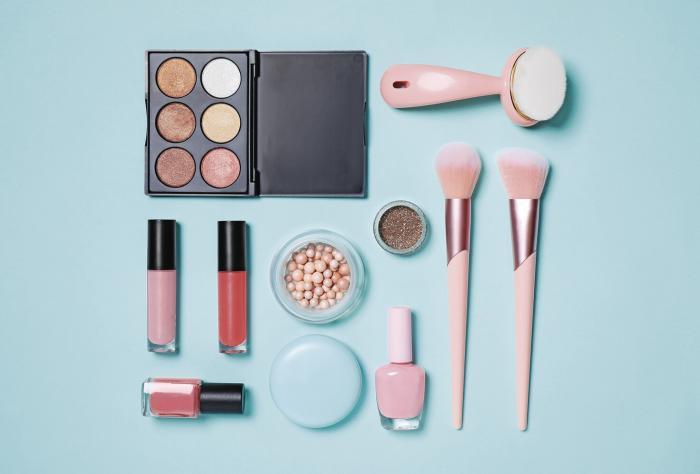
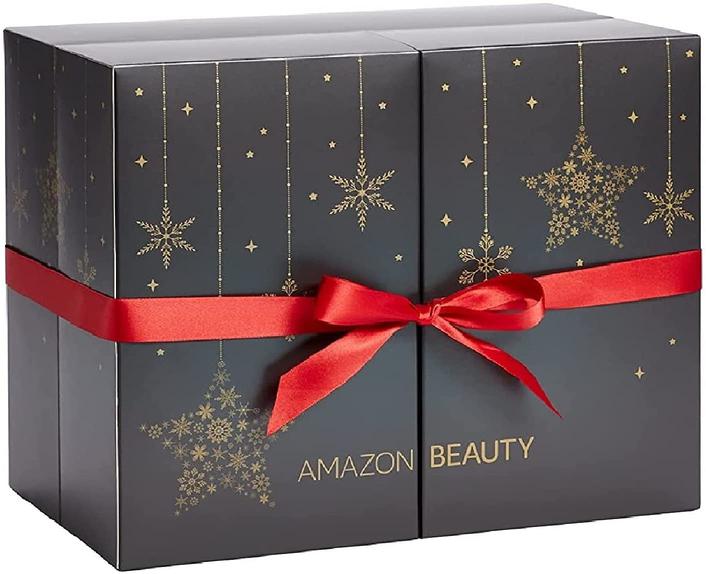
![46 Best Eyebrow Tint in 2022 [Based on 59 Expert Opinions]](https://website-google-hk.oss-cn-hongkong.aliyuncs.com/drawing/article_results_6/2022/2/27/ed118fdf3947d2023236cbe413ad9041.jpeg)
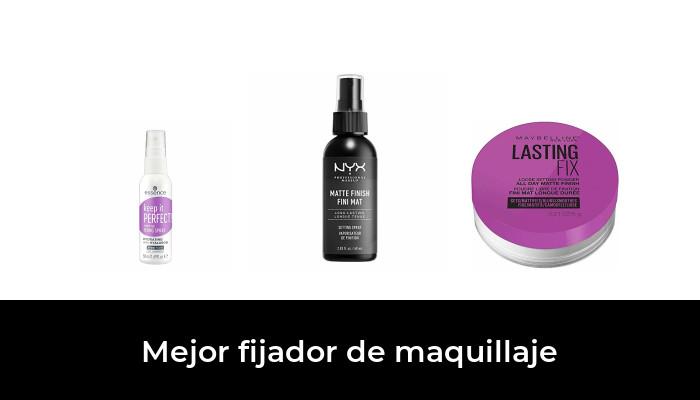
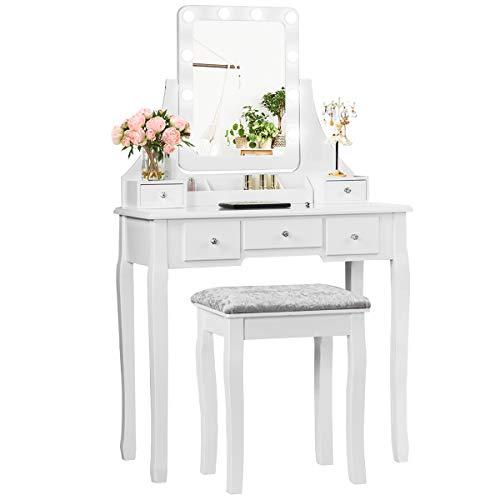

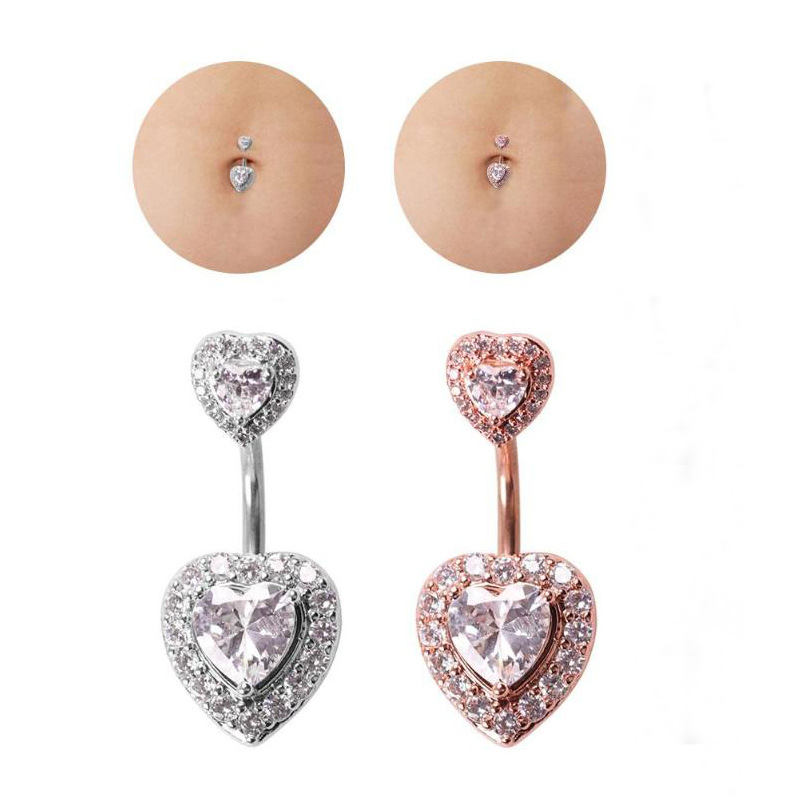
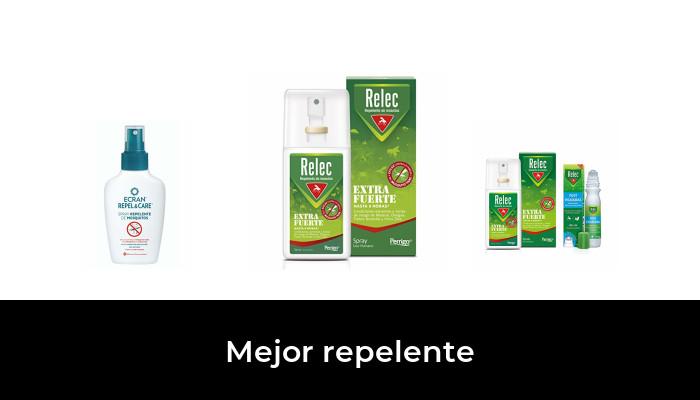
![47 best antiage nutritive cream in 2022 [based on 326 reviews] 47 best antiage nutritive cream in 2022 [based on 326 reviews]](https://website-google-hk.oss-cn-hongkong.aliyuncs.com/drawing/article_results_6/2022/2/27/1918fc37c66ad30564173e69d9df88a0.jpeg)
